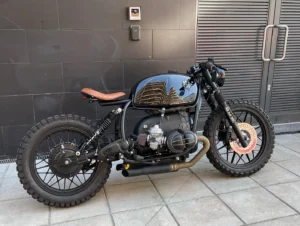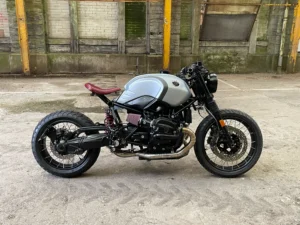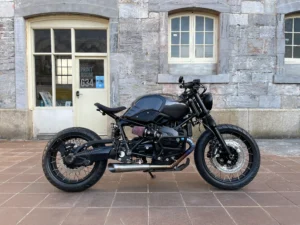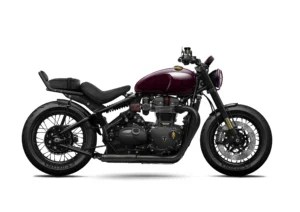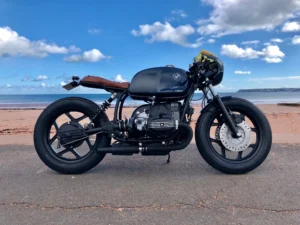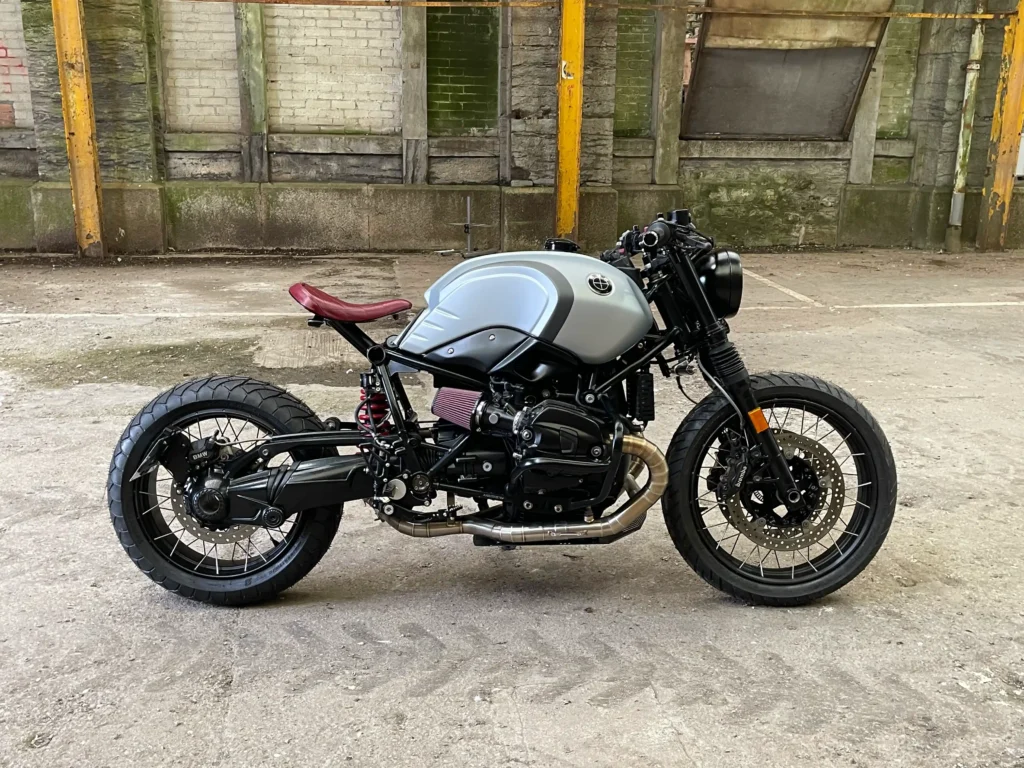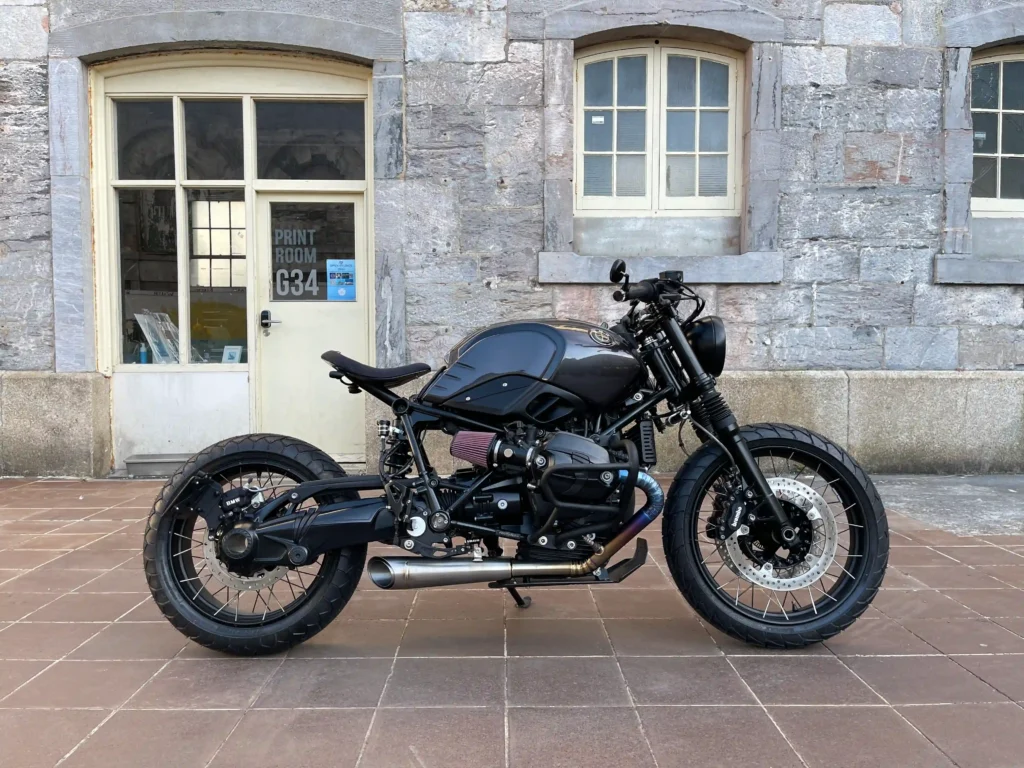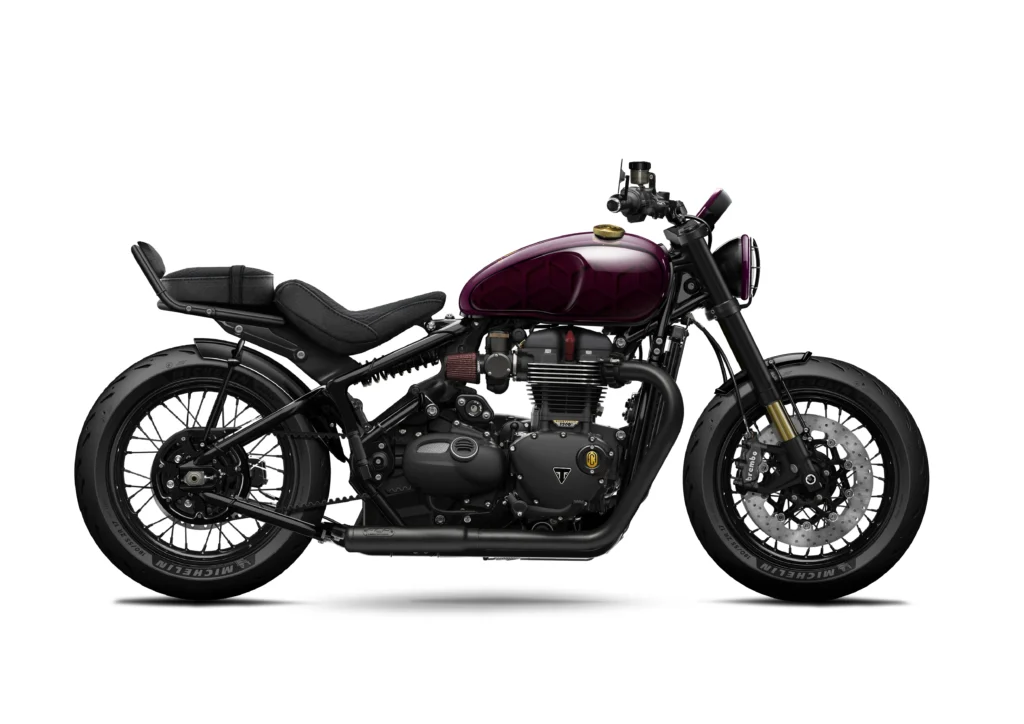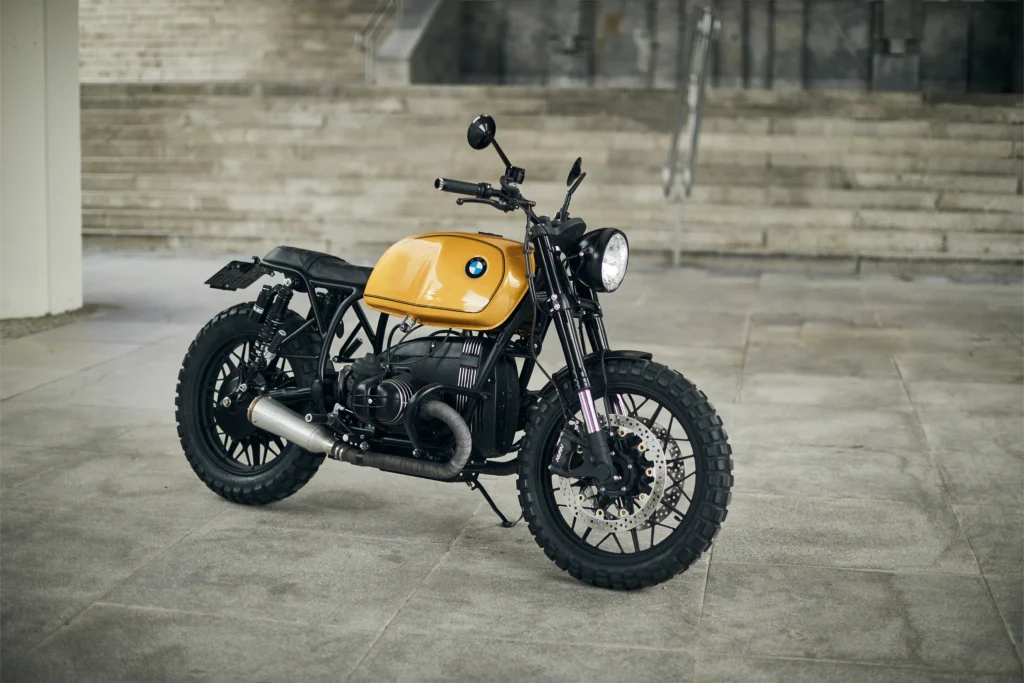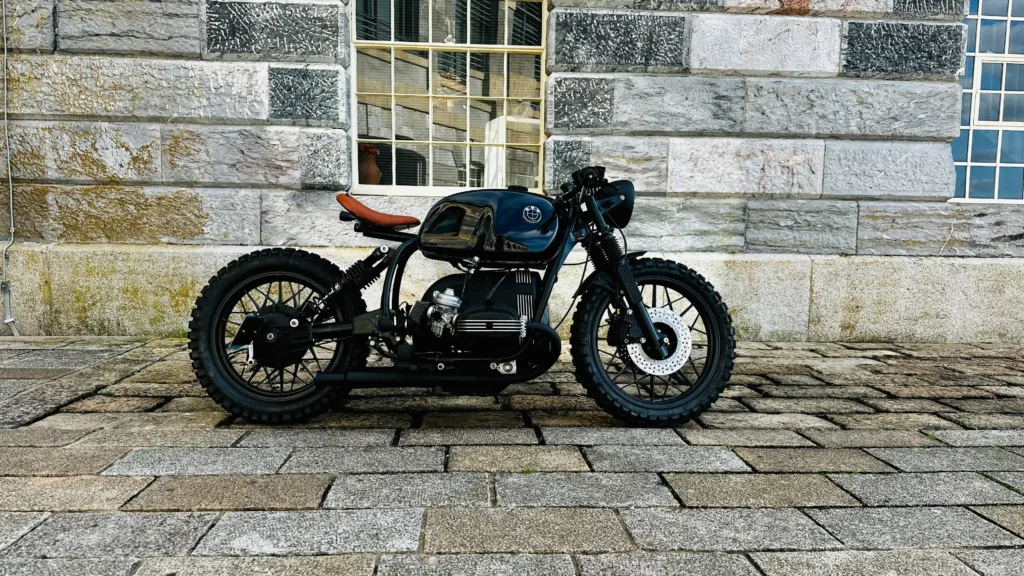Table of Contents
ToggleCafé racers are lightweight, stripped-down motorcycles built for speed and simplicity. Their design roots trace back to 1960s British motorcycle culture. Riders wanted fast bikes that looked sharp and handled well on city streets. Over time, this style became a global trend.
Single-cylinder engines, often called “thumpers,” are a perfect fit for café racers. These engines are simple, light, and known for their raw sound. Riders love them for quick city rides, easy maintenance, and that punchy low-end torque.
This article explores why single-cylinder engines are a top choice for café racer builds. From sound and performance to customization and real-world examples, you’ll learn what makes them both loud and lightweight.
Why Single-Cylinder Engines Are Perfect for Café Racers?
Single-cylinder engines are popular in café racer builds because of their low weight. These engines are smaller and lighter than twin or multi-cylinder engines. This makes the bike easier to control. Especially in cities. Riders feel more connected to the road because there’s less weight to move.
The sound is another reason. Single-cylinder engines create a strong, deep thump. It’s loud but clean. This “thumper” sound is different from other engine types. It gives the bike a raw and bold character. People notice it. Riders enjoy it.
Riding a single-cylinder café racer feels focused and raw. No extra weight. No complicated systems. Just the rider, the engine, and the road.
Performance of Single-Cylinder Café Racers
Single-cylinder engines deliver power in a quick and simple way. They have strong low-end torque. This means they pull well at low speeds. Riders feel this when starting or riding through traffic. It helps with smooth city riding. No need to push high RPMs. Just twist the throttle and go.
These engines work best in short-distance and medium-speed conditions. Not built for racing. Not built for highways. But perfect for urban areas and back roads. Many café racer builders prefer this balance. It fits the purpose. Fast enough. Light enough.
Maintenance is easier. Fewer moving parts. Easier access. Less cost. Riders who build or fix bikes at home often choose single-cylinder setups. It saves time and money.
Fuel use is also lower. These engines use less petrol than twin or four-cylinder engines. That means longer rides on a small tank. A helpful feature for café racers with small, classic-style tanks.
Notable Single-Cylinder Café Racers
Some café racers use single-cylinder engines to keep the build clean, simple, and powerful. Below are examples of real models that follow this idea. Each one offers a mix of style, function, and character.
- Husqvarna Vitpilen 401
- Modern café racer design with clean lines.
- 373cc single-cylinder engine from KTM.
- Lightweight frame, focused on sharp city handling.
- Modern café racer design with clean lines.
- CCM Spitfire Café Racer
- Hand-built in the UK.
- 600cc single-cylinder engine from Husqvarna.
- Strong mid-range torque and custom design features.
- Hand-built in the UK.
- Royal Enfield Continental GT 535
- Classic British styling with a single-cylinder layout.
- 535cc engine with a retro thump.
- Known for smooth power and vintage aesthetics.
- Classic British styling with a single-cylinder layout.
- Honda GB500 TT
- Inspired by 1960s British café racers.
- 498cc air-cooled engine.
- Simple, reliable, and great for everyday riding.
- Inspired by 1960s British café racers.
- Yamaha SR400 / SR500
- Popular platform for custom builds.
- Air-cooled single with kickstart.
- Often used in traditional café racer conversions.
- Popular platform for custom builds.
These motorcycles reflect the core values of café racer culture: simplicity, lightweight, and loud character. Each one shows how a single-cylinder engine can match both style and street use.
Custom Builds & Parts Support for Single-Cylinder Café Racers
Single-cylinder café racers are popular in the custom scene. Builders choose them because they are simple, flexible, and easy to modify. Many parts fit easily. The frame often has room for changes. Riders can adjust the style, sound, and setup without complex tools.
- Aftermarket parts are widely available
- Exhaust kits, air filters, carburetors, and engine upgrades.
- Seat units, fuel tanks, clip-on bars, and rearsets for styling.
- Lightweight wheels, suspension kits, and brake upgrades for better control.
- Exhaust kits, air filters, carburetors, and engine upgrades.
- Common custom modifications
- Slim seat conversions for a clean café look.
- Custom tanks to match retro or minimalist styling.
- Short exhaust systems to improve sound and save weight.
- LED lights and analog-style speedometers for classic visuals.
- Slim seat conversions for a clean café look.
- Strong community and support
- Forums and social groups offer build guides and ideas.
- Many riders share custom setups and part lists.
- Builders often trade tips and photos of finished projects.
- Forums and social groups offer build guides and ideas.
This kind of engine gives builders freedom. It invites hands-on work. Every part added or removed changes the ride. That is why single-cylinder café racers stay popular among home builders and custom shops alike.
Conclusion
Single-cylinder engines match the café racer style in many ways. They are light, simple, and focused. Builders choose them for custom projects because they offer control and a clean design. Riders like them for easy handling and strong low-speed power.
These engines offer real-world benefits. They burn less fuel, require fewer parts, and reduce upkeep costs. Their loud and deep sound gives café racers a bold voice. This sound helps define the riding experience.
For anyone building or riding a café racer, a single-cylinder setup is a smart choice. It brings classic looks, modern function, and true street character in one simple machine.


